אלקטרו מגנטיות וספינטרוניקה
מדעני הננו-מגנטיזם ב-BINA חוקרים תופעות מגנטיות חדשניות ומפתחים מכשירים ספינטרוניים מתקדמים באמצעות ננו-חלקיקים מגנטיים, שכבות מגנטיות דקות והטרו-מבנים. בנוסף חוקרים את ההשפעה ההדדית של מגנטיזם ומוליכות-על וכן הופעת תופעות מגנטיות בחומרים ובממשקים השונים. חוקרי המכון משתמשים בהתקני ננו-ייצור על מנת לפתח חיישנים מגנטיים חדשניים ומכשירי זיכרון בעלי השפעה פוטנציאלית עצומה על טכנולוגיות חיוניות. מאמץ משמעותי של החוקרים מופנה גם לתחום הרפואה, שם מנסים לפתח מכשירים ופרוצדורות שמנצלות את המגנטיזם למטרות אבחנה וטיפול.
- מגנטיות בממד נמוך ומוליכות-על
- מערכות אלקטרוניות בממד ננומטרי
- תכונות הולכה של שכבות לא מסודרות וגרנולריות
- הולכה מגנטית בשכבות דקות של פרובסקייטים מגנטיים
- אפקט "Giant Planar Hall" במנגניטים
- היברידים מוליכי-על פרו-מגנטיים
- תכונות מגנטיות של ננו-חלקיקים
- תאוריית ספקטרוסקופיה של מולקולה בודדת ופוטון בודד
- מכניקה סטטיסטית ותופעות מוליכות (transport phenomena) במערכות מזו- וננו
- ספינטרוניקה של ננו-מבנים לטרליים – איפיון ואפליקציות
Researchers
-

Nano-scale crystallization phenomena
Our group is developing approaches that utilize nano-scale systems for studies of crystallization phenomena and mechanisms that determine the morphologies of crystals. Insight from this research can lead to very useful technological applications, as understanding crystal growth mechanisms will allow us to better control crystalline products of chemical synthesis. This view is inspired by treating nano-crystals as “embryonic” stages of crystal growth. In a sense, every crystal begins its evolution as a nano-crystal. The huge advantage in studies that follow this perspective is in our ability to utilize extremely powerful electron microscopy methods, including a novel technique that allows us to perform high resolution electron microscopy directly in liquid solutions. In this way we can retrieve details of the crystal structure and overall shape at remarkable resolution, during the crystal’s initial formation. These details are often hidden in bulk crystals, unidentifiable by X-ray crystallography, yet critical for understanding of the mechanisms by which crystals grow.
-

The Lab for Quantum Imaging
The lab is focused on using quantum sensors for imaging various physical properties at the nanoscale. The two main sensors are a sensor for electric potentials based on carbon nanotubes and a sensor for magnetic fields based on Nitrogen Vacancies (NV) in diamonds. Those sensors have a unique combination of small dimensions and extremely high sensitivity,
allowing us to use them for sensing minute fields at the nanoscale. The current projects focus on combining these two unique sensors to overcome many of the limitations of each system. For example, read the NV center’s quantum state using a charge detector made of a carbon nanotube. A second example is using the NV center for probing the electron state on the carbon nanotube with quantum coherence. These projects will pave the way for a quantum imaging technique that probes the quantum nature of a system at the nanoscale. -

פרופ' יוני טוקר
972-3-531-7406 -
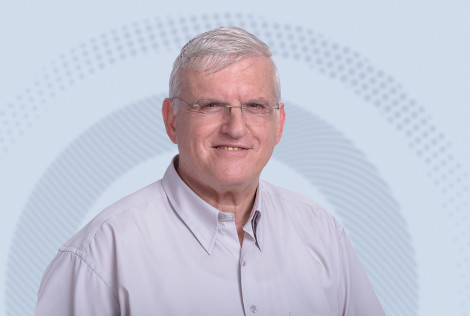
פרופ' יוסף ישורון
972-3-531-8369
Fundamental physics & Applied Physics
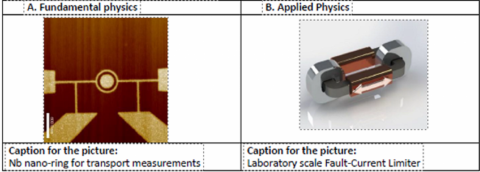
• Condensed matter physics
• Magnetism
• Superconductivity -

פרופ' תומר לוי
972-3-738-4631
Nano-optics and Light–matter interactions in metamaterials
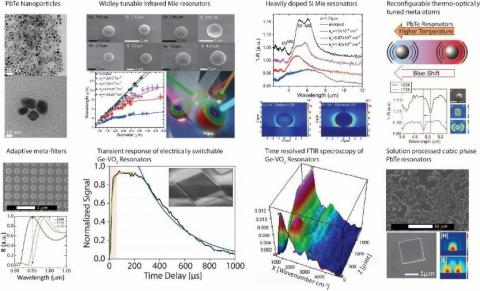
• Light-matter interactions
• Nanophotonics
• Metamaterials
• Plasmonics
• IR nanospectroscopy
• 2D materials -

פרופ' דורון נווה
972-3-531-4657
Graphene Composites for Sensor Applications
- Graphene Electronics
- Two Dimensional Semiconductors
-

פרופ' אבי פאר
972-3-531-7482
Broadband Quantum Optics
• Optical bandwidth as a resource for quantum information: Novel schemes for quantum measurement and sources of broadband squeezed light
• Sub shot-noise interferometry and coherent Raman spectroscopy (quantum CARS) using broadband squeezed light.
• Visualization and manipulation of fast vibrational dynamics in molecules with optical frequency combs
• The physics of mode-locked lasers: new sources of ultrashort pulses and frequency combs -

פרופ' אביעד פרידמן
972-3-531-8102
Electronic properties of low dimensional systems
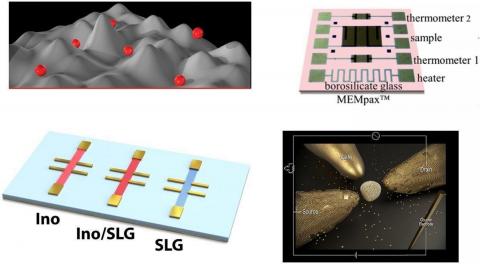
• Thin film growth: Thermal evaporation, e-beam evaporation UHV techniques and quench- condensation methods.
• Advanced Lithography: Electron beam nano-lithography and Photo-lithography, ion milling, reactive ion milling, chemical etching and other processing techniques applicable to sub-micron electronics.
• Microscopy: Scanning and transmission electron microscopy, scanning tunneling microscopy (STM) and atomic force microscopy (AFM).
• Low Temperature: Cryogenic measurement techniques, low noise measurements, dc and ac (lock-in) techniques, high field magneto-transport measurements. -

פרופ' ליאור קליין
972-3-531-7861
Multi-level magnetic memory
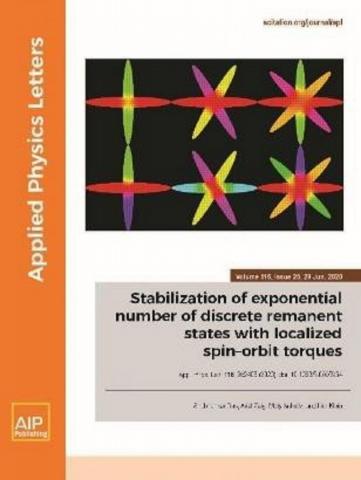
• Magneto-transport in thin magnetic films (particularly ruthenates and manganites)
• Anisotropic magnetoresistance and giant planar Hall effect
• Current induced manipulation of domain walls
• Macroscopic quantum tunneling
• Transport properties of LAO/STO interfaces
• Magnetic sensors and memory -

פרופ' בינה קליסקי
972-3-738-4339
Sensitive magnetic imaging

• Superconductivity
• Nano-magnetism
• Bio-magnetism
• Scanning SQUID microscopy
• Complex oxid interfaces
• Nano-electronics -

ד"ר מיכאל שטרן
972-3-738-4458
Mesoscopic Physics
- Semiconductor Physics
- Quantum information
- Superconducting circuits
- Hybrid Quantum Systems
-
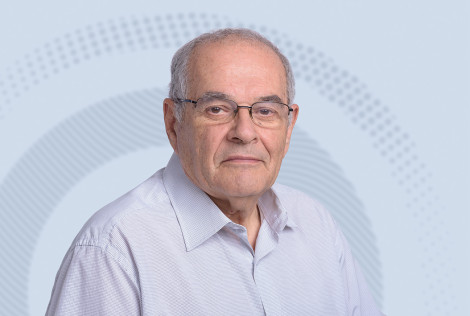
פרופ' ישי שלימק
972-3-531-8176
Raman scattering spectra in irradiated graphene
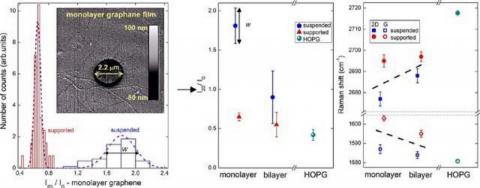
Experimental studies of transport phenomena and electronic properties of disordered solids:
• doped semiconductors
• impure metals
• conducting polymers
• hopping conductivity
• magnetoresistance
• metal-insulator transition
• electron-electron interactions -

פרופ' עמוס שרוני
972-3-738-4516
Phase transitions on the nano-scale
- Spintronics
- New Temperature Coefficient of Resistance (TCR) materials
- Organic/SC hybrid



